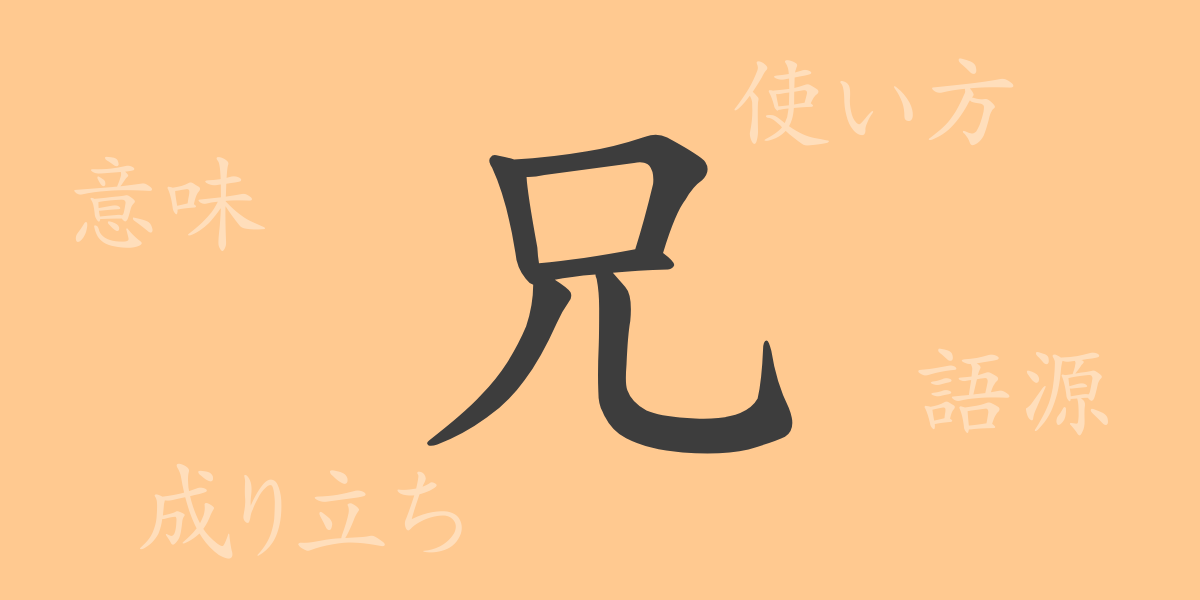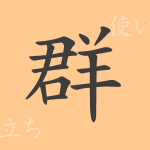The kanji character “兄(あに)” is deeply rooted in Japanese culture as a symbol of family. This single character encapsulates the bonds of family, social roles, and respect for elders. In this article, we will delve into the allure of the common kanji “兄(あに)” from its origins to its meanings, uses, and even idioms and expressions. Let’s explore the full scope of this fascinating character.
Origin of 兄(あに) (Etymology)
The kanji “兄(あに)” originated in ancient China and is a type of pictograph. It originally consisted of an upper part related to “口(くち)” (mouth) and a lower part “儿(にんにょう)” (legs). This representation is believed to depict an older male teaching words to his younger siblings. As a character, it symbolizes the authority and protection of an elder, serving as a marker of hierarchy within the family.
Meanings and Uses of 兄(あに)
Generally, “兄(あに)” refers to an older brother. However, its usage extends beyond this definition to include close friends or colleagues, where it is used affectionately or respectfully as “兄貴(あにき).” It is also used as a term of respect for seniors or superiors. Thus, “兄(あに)” is not only a marker of familial relationships but also of social connections and statuses.
Readings, Stroke Count, and Radical of 兄(あに)
The kanji “兄(あに)” has some intriguing features regarding its readings and structure:
- Readings: The on’yomi (Chinese reading) is “ケイ,” and the kun’yomi (Japanese reading) is “あに.”
- Stroke count: The total stroke count for “兄(あに)” is 5 strokes.
- Radical: The radical for “兄(あに)” is “儿(にんにょう),” which typically relates to human elements in kanji.
Idioms, Expressions, and Proverbs Using 兄(あに)
There are numerous idioms, expressions, and proverbs that include “兄(あに),” each carrying unique meanings and nuances. For example, “兄弟(きょうだい)” refers to male siblings, while “兄貴分(あにきぶん)” denotes an elder or leader figure. Additionally, “兄事する(けいじする)” means to respect and follow an elder, and “兄弟仁義(きょうだいじんぎ)” emphasizes strong bonds and loyalty among family or comrades.
Conclusion on 兄(あに)
Through this article, you have likely gained a deeper understanding of the rich history and cultural significance embedded in the kanji “兄(あに).” Not only does it refer to the older male sibling in a family, but it also serves as a term of respect and affection. The kanji “兄(あに)” holds a vital place in the Japanese language, representing various social relationships and the profound depths of the language itself.

























